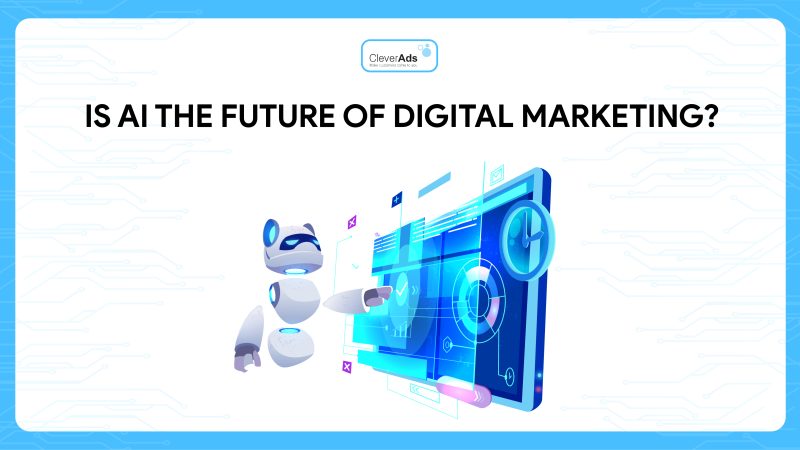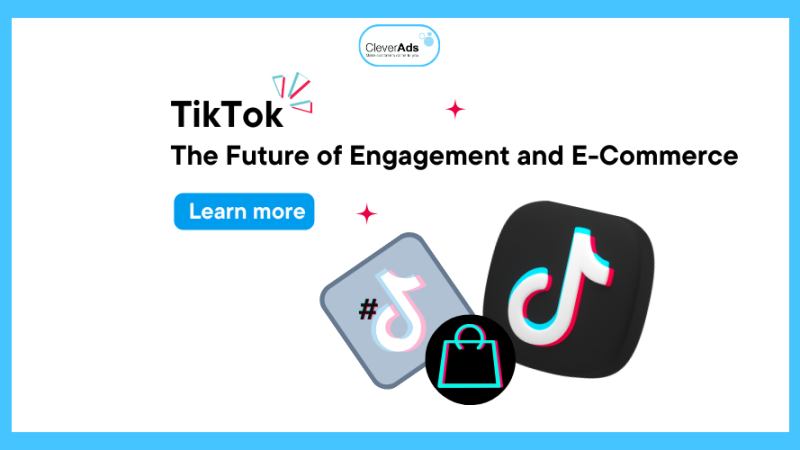What is marketing strategy? Definition and how to create one

Why did Uber fail in Vietnam? Colgate – How did Palmolive rise to a billion-dollar empire from the brink of bankruptcy? What mistake has caused a restaurant chain that welcomes 1 million customers per day to reduce the company’s value by nearly half? The answer lies in marketing strategy. Let’s learn with CleverAds what a marketing strategy is through the article below.
1. What is a marketing strategy?
Marketing strategy is the marketing logic businesses follow to create value for customers, creating a profitable relationship between them and the company (Philip Kotler et al., 2018).
According to Investopedia, a marketing strategy is an overall plan of a business to reach potential consumers and turn them into customers of the products or services the company provides.
Thus, a marketing strategy is a guideline businesses follow to create mutually beneficial relationships with consumers, helping companies gain profits and derive value through their products.
Marketing strategy includes four main contents, summarized into 4Ps:
- Product
- Price
- Place
- Promotion

2. What is Content Marketing Strategy?
2.1. 4Ps model for physical products
The 4Ps model is a mixed marketing model consisting of 4 marketing strategy elements: Product, Price, Place, and Promotion. These four factors are strategic elements of marketing for physical products.
- Product – an item that is developed or produced to satisfy the needs of a specific group of people.
- Price – the amount that the customer has to pay to own the product.
- Place – is a place to display, introduce, and exchange products.
- Promotion – is a form of marketing communication used to inform and convince the target audience about the benefits of a product, service, brand, or issue, usually one-way.
2.2. 7Ps model for products and services
7Ps is a marketing mix model for products and services. Because benefits are intangible, inseparable, heterogeneous, cannot be stored, etc., in addition to the available 4Ps, the marketing mix model needs to add 3Ps to bring customers the best value. These 3Ps include:
- People – including business personnel and the target public.
- Process – the process includes the product implementation process and the service provision process.
- Physical Evidence – tangible evidence, physical facilities.
2.3. 4Cs model – The transformation of 4Ps in the digital age
In Marketing 5.0 by Philip Kotler et al., the authors say, “In the digital age, product life cycles are shortening, changing customer expectations and product development happening continuously. So traditional marketing models are no longer relevant.
The 4cs model was born to adapt to changing times.
- Consumer – the first C emphasizes the wants and needs of the customer and the solution to their problem, not just making a product and thinking about how to sell it.
- Cost – a customer-focused approach that has opened up a new insight into price. Cost is not only the price of the product but also the price of customer satisfaction when buying the product.
- Convenience – in the 4Cs, comfort is making the process of accessing, purchasing, and using a business’s goods or services as easy as possible.
- Communication – Unlike promotion, communication is a two-way information exchange between businesses and target customers. Interacting with the audience will help businesses always understand and meet their needs, thereby having a competitive advantage.
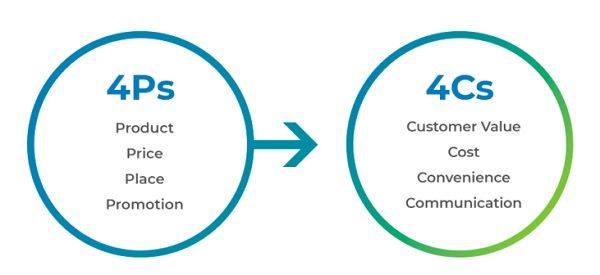
3. Lessons to help businesses succeed from failed Marketing strategies
3.1. Marketing strategy is not suitable for target customers – Put target customers at the center of the marketing strategy
As mentioned above, customers must always be the center of every marketing strategy. Therefore, marketing strategies that fail to target customers will receive bitter fruits that businesses do not want.
An example would be Uber and the sad ending in the Vietnamese market. With its positioning as a luxury technology car company, Uber has achieved great success in Europe and America.

However, when entering the Vietnamese market in 2014, Uber made a big mistake by not carefully researching Vietnamese consumers. Firstly, Uber’s luxury positioning does not match the desire of the majority of Vietnamese customers to use affordable and cheap products. Second, they require users to pay by card, while most people habitually spend cash.
This Uber mistake is a memorable lesson for businesses: Research your target customers carefully before developing any marketing strategy!
3.2. Marketing strategy is not consistent, even among elements – Pay attention to the uniformity and consistency of marketing strategy
Surely readers remember the “principle of wooden crates”: a wooden crate joined by many wooden bars, and how much water the barrel can hold is determined by the length of the shortest wooden stick.
With Palmolive (also known as Colgate – Palmolive now), their shortest stick was at the 4th P – Promotion.
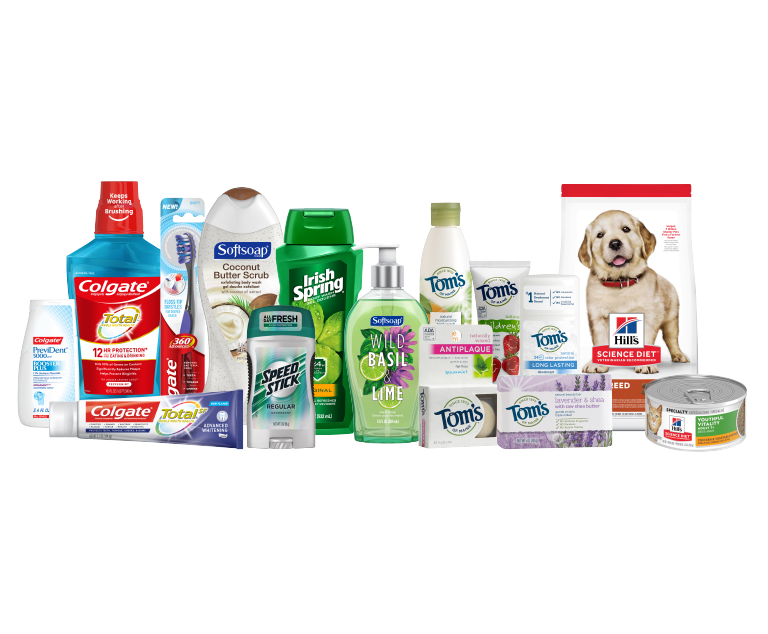
Although the product is significantly better than the competition, and other factors are not worth mentioning, Palmolive’s advertising is highly lackluster. They explain why combined palm oil and olive oil create premium soaps for 13 years!
After changing this P by spending $700 to hire Claude Hopkins to write ads, the company went from near bankruptcy to a global empire with $16.47 billion in annual revenue.
Reading this far, business owners and marketers need to see which P or C is the point that is holding their business back, improving it to create significant momentum for growth.
If Promotion or Communication is the letter P and the letter C businesses still need to be included, quickly contact Clever Group – a pioneer, leading reputable unit, bringing a total solution of advertising technology and digital marketing!
3.3. Make an Impossible Promise – Make a promise you can afford and keep your promise
The most important thing for brands is trust; existing customers sometimes buy because of the brand and its promise to deliver value, not because of the product. Therefore, brands must always keep their promises as well as the trust of customers.
However, Chipotle – a large restaurant chain in the US with 2,000 stores, serving millions of diners daily – has yet to live up to its promise. The entire Chipotle brand is built on the commitment to serving fresh, ethically grown local food.
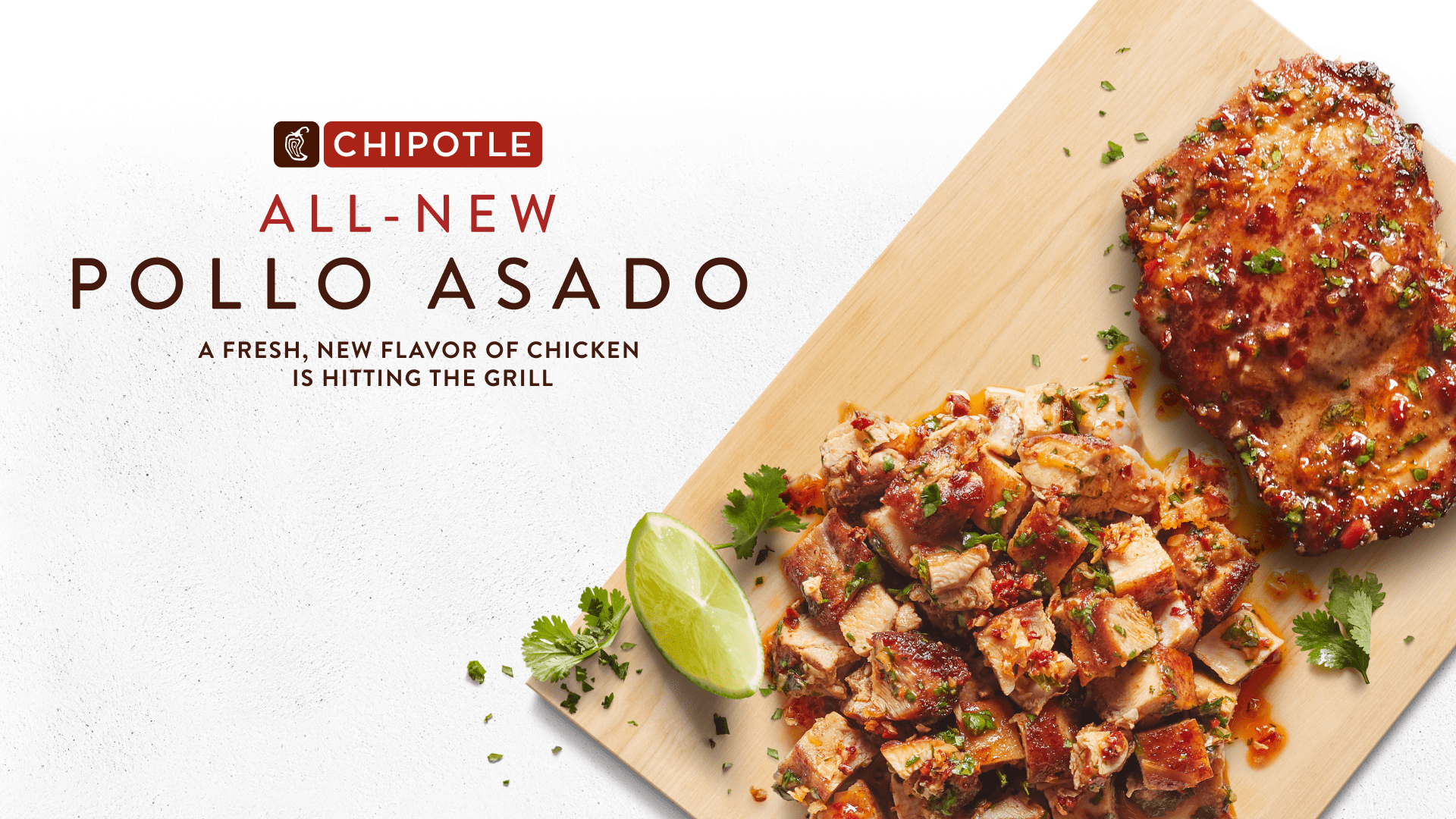
Therefore, the public was surprised to hear that consumers were poisoned after consuming contaminated food from the company. The news went viral on social media at breakneck speed, followed by a 40% drop in the company’s stock. Chipotle’s use of third-party supplies that the company has no control over is an act of breaking promises to its customers and an unforgivable mistake.
Of course, companies are all made up of people in them, and people always have flaws, but even so, don’t do it like Chipotle! Always honor any promises you make to your customers.
4. Conclusion
Through the article, marketers have understood what a marketing strategy is, marketing strategies for the new era, and some lessons on making marketing strategies.
If your business requires Digital Marketing solutions, contact us at cleverads.com.ph for the fastest support.

